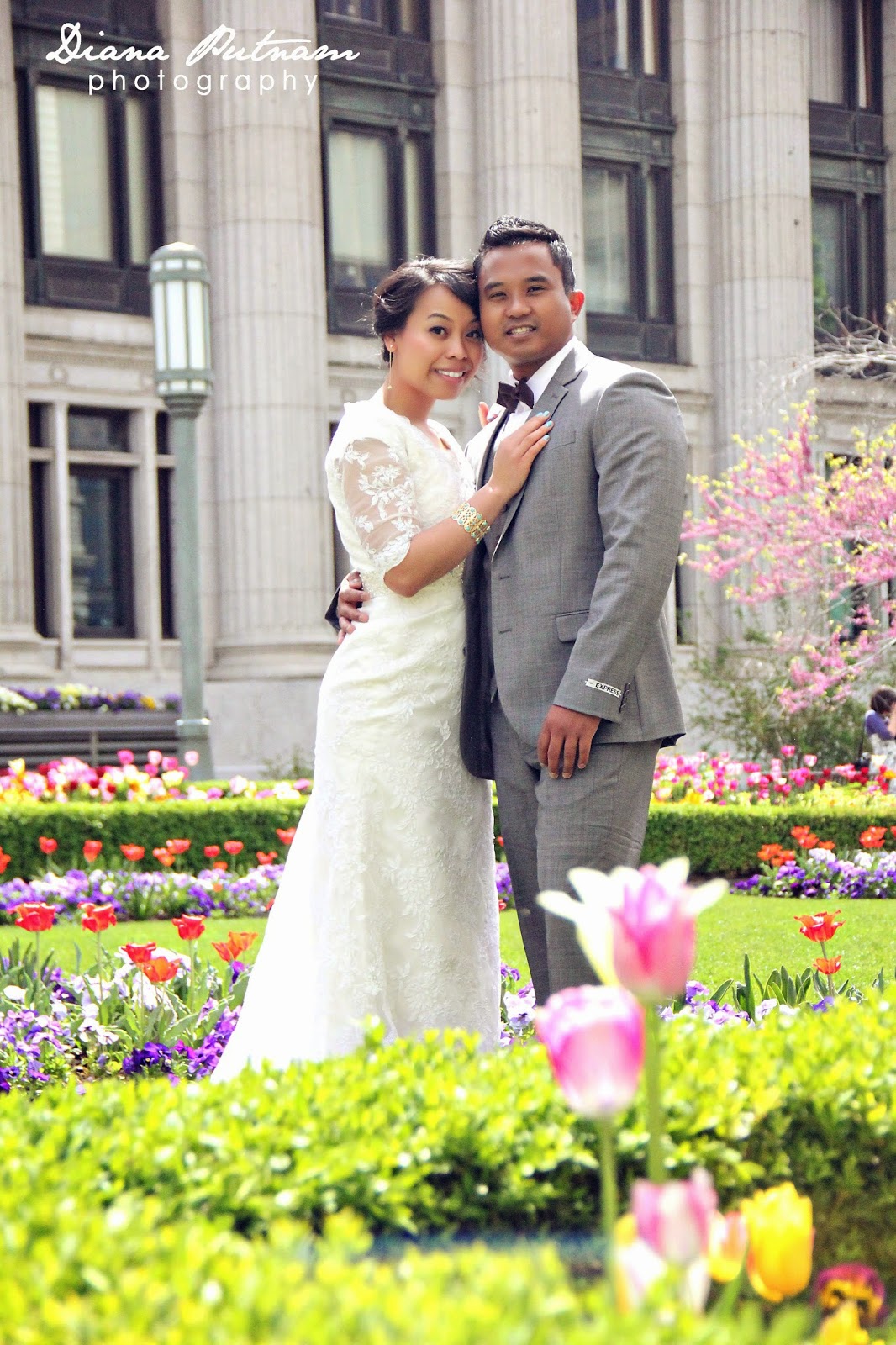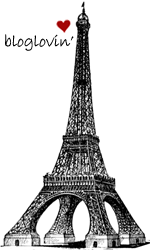You have all seen the hash tags: #selfie #selfienation #selfies #selfietime #instaselfie. This is where you see the good, the bad, the awesome, and the awesomely ugly.
Love them or hate them, it’s time to face the facts: Selfies are here to stay.
And if you are going to take them you might want to check out some tips to mastered the art of the selfie.
Ample light: Good lighting can make or break any image. Make sure the amount of light (or lack thereof) works for the selfie you wish to accomplish. Avoid lighting that’s too bright—it can cause you to look blown out or create spots of only white color where you’ll lose the details. Another unflattering light-created phenomenon is the under-eye shadow bags. I don’t know about you, but I don’t want to look like I just got my lights punched out … unless I actually did and lived another day to talk about it! There are many types of lighting but natural light from a northern facing window with your body turned at a 45-degree angle will offer the most gorgeous lighting
Catch lights: This is the sequel to “ample light.” Catch lights are the white areas of light that reflect in your pupils. This draws attention to your eyes, gives you a little bit of sparkle, and makes you look like you belong amongst the living rather than the undead.
Flash: This is an absolute no-no! The camera flash creates a hard burst of light that’s unflattering to even the most gorgeous Victoria’s Secret model. It is also to blame for the devilish red eye. While totally acceptable for Halloween, it’s best to avoid it whenever possible.
Composition: Give a little thought and consideration for the rule of thirds in the photography world. Instagram makes abiding by this rule super easy. Notice the white grid lines that show up when the shutter opens? Every place there is a crosshair is where your subject or main focus should be placed. Obviously you can’t do all 4 at once, so pick one depending on what you want to focus on. The aim of the game is to avoid the middle. When you achieve this, you make your image more interesting and it automatically provides negative space to help guide your viewer’s eyes to the subject: You.
Follow my blog with Bloglovin






























































